Introduction
I found that 3D has a strong impact for me because of memories, the nostalgia feeling is much stronger when looking at a 3D photo than at a simple 2D one.
Since electronics is fun also, I wondered what if I try to install 2 LCD screens into the standard “Stereoscope Lestrade” and use it as a more modern 3D viewer ?
Gallery
Proof of concept
The LCDs I had available were some ZJY-IPS130-v2 modules, 1.3 inch, 240×240 pixel resolution controlled by SPI. To control them I decided to use an Adafruit Feather Huzzah (ESP8266) that would allow WiFi image uploads.
Trouble with the LCDs is that they do not have a CS (Chip Select) pin, thus, if they are connected to the same data line, they would both execute the same commands (and showing the same image!). However, I needed them to show Left/Right images independently.
The solution I came up with was to use an AND gate for each LCD, where the SPI data is the input for two AND gates , but the respective other input of each gate is a CS line from the microcontroller. Thus, the SPI data line I used the CD74HC08E High Speed CMOS Quadruple AND gates circuit as such:

The Adafruit LCD library is initialized with a fake CS pin (left unconnected). When the display initialization commands are sent out, both CS1/CS2 will be HIGH -> meaning, data will reach both LCDs – but when the JPEG data is sent on the SPI data line, it needs to happen twice for each image, but first CS1 is set HIGH before Left image is sent, then CS2 is set HIGH when the Right image is sent.
CD74HC08E has the worst propagation delay (2V and high parasitic load) to 130ns (which represents a signal of about 7.7MHz), thus, some trail and error was needed when setting SPI_DEFAULT_FREQ in the Library configuration. I was able to push it to 40Mhz and still have the LCDs running properly.
Results
It works! One setback is that displaying images is very slow. Sending a color image to the LCD is slow, even if the image is stored on the SPFFS as BMP or as JPG.
Trying with a Stereoscope
Before installing the LCDs into the Stereoscope Lestrades, I decided to try out the experience using another Stereoscope I have, the Stereoscope Bruguière. Also found at a flea market:
It works, the 3D sensation is real:
Conclusions
While the idea looked promising, it is not so fulfilling:
- ESP8266 is slow switching between the two images. If you are looking through the lens it can get quite dizzy and you have to look away when they are getting refreshed.
- Although it works and there are enough pixels crammed into a small space, when viewed through the close focus lens of the stereoscope, the pixels become visible and image looks “blocky”.
It was a fun project to build though 🙂 and it does work – but decided not to continue with the assembly in the initial stereoscope as it would be more a waste of time than a nice gadget.
2 Sept 2018
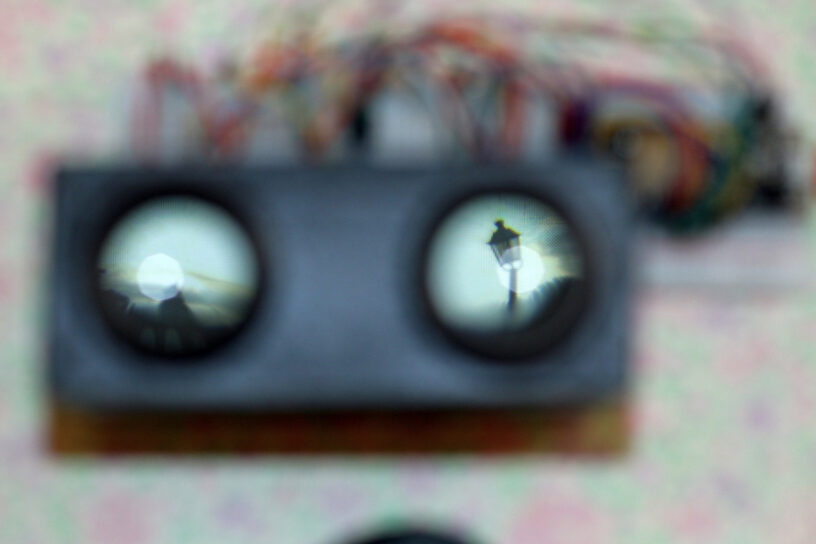
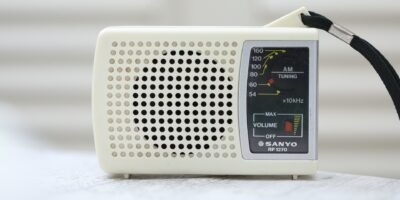
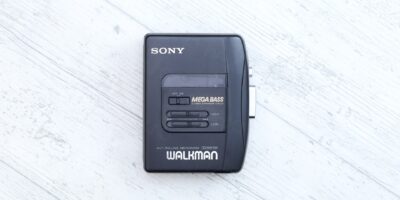
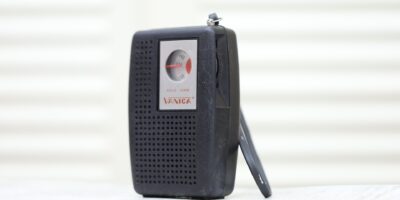
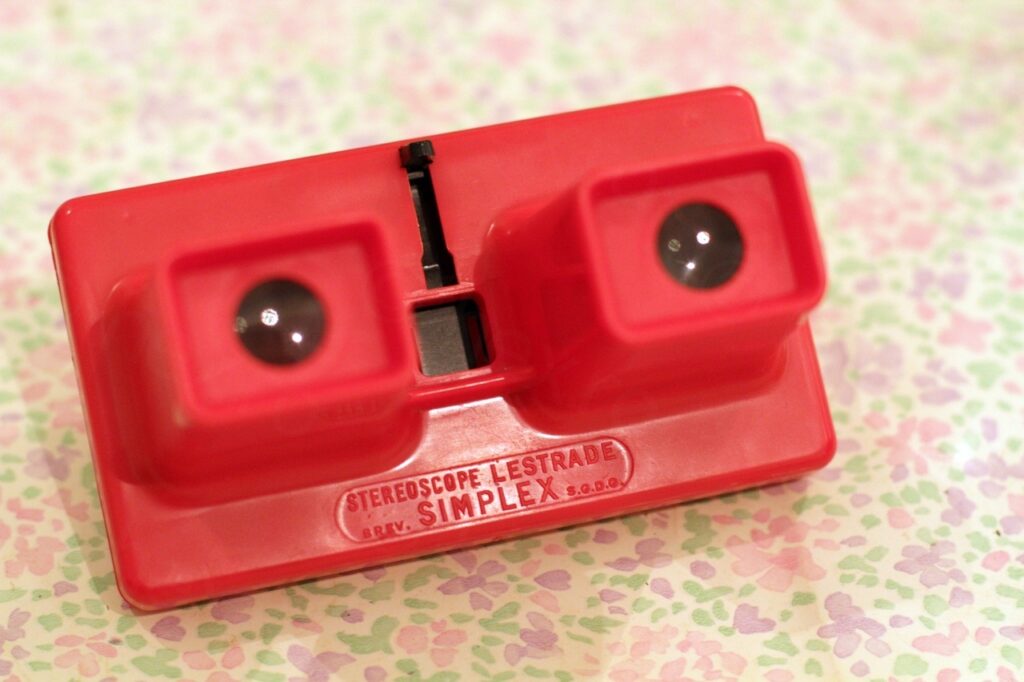
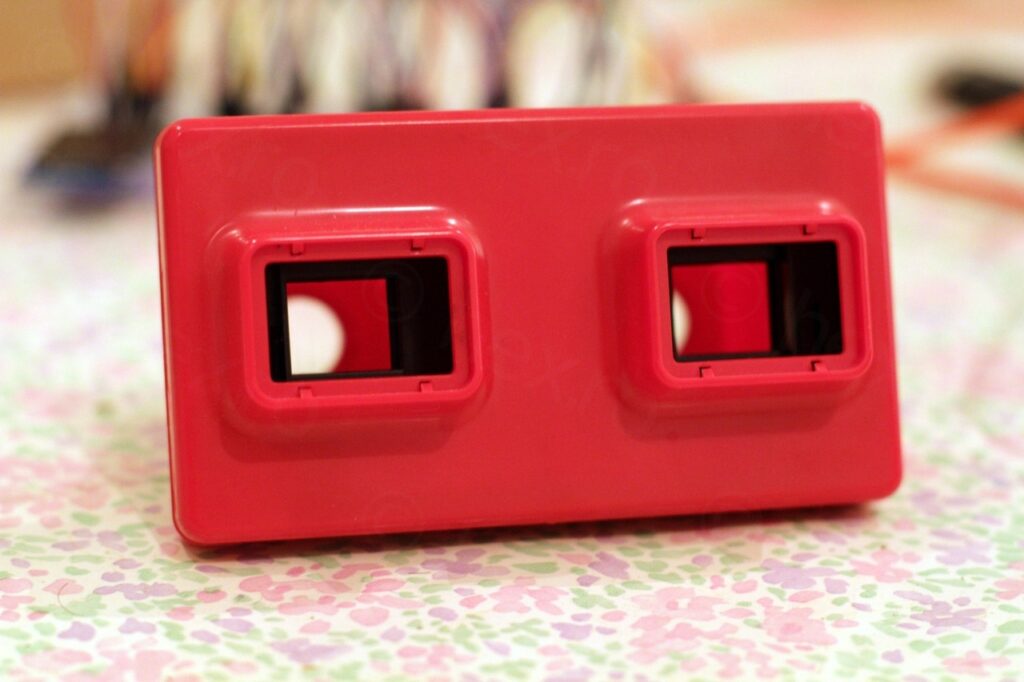
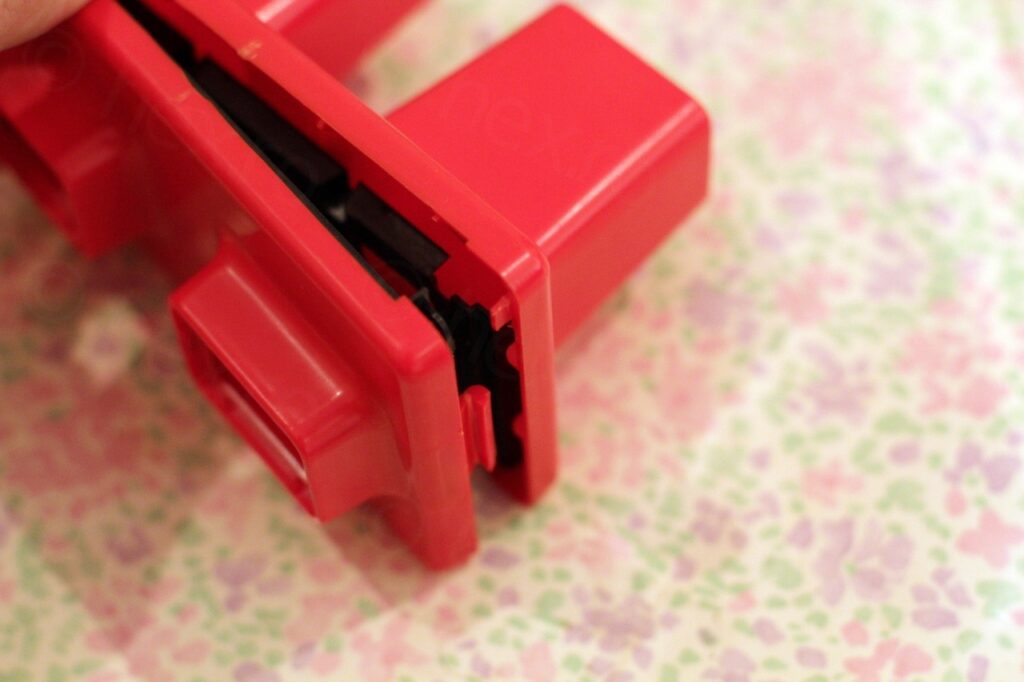
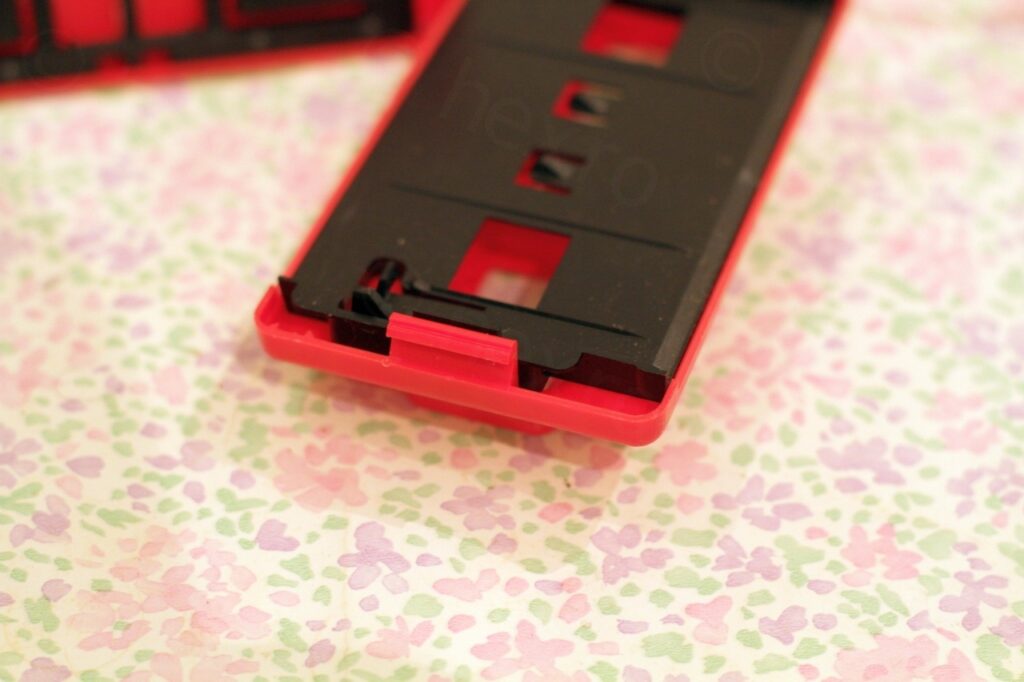
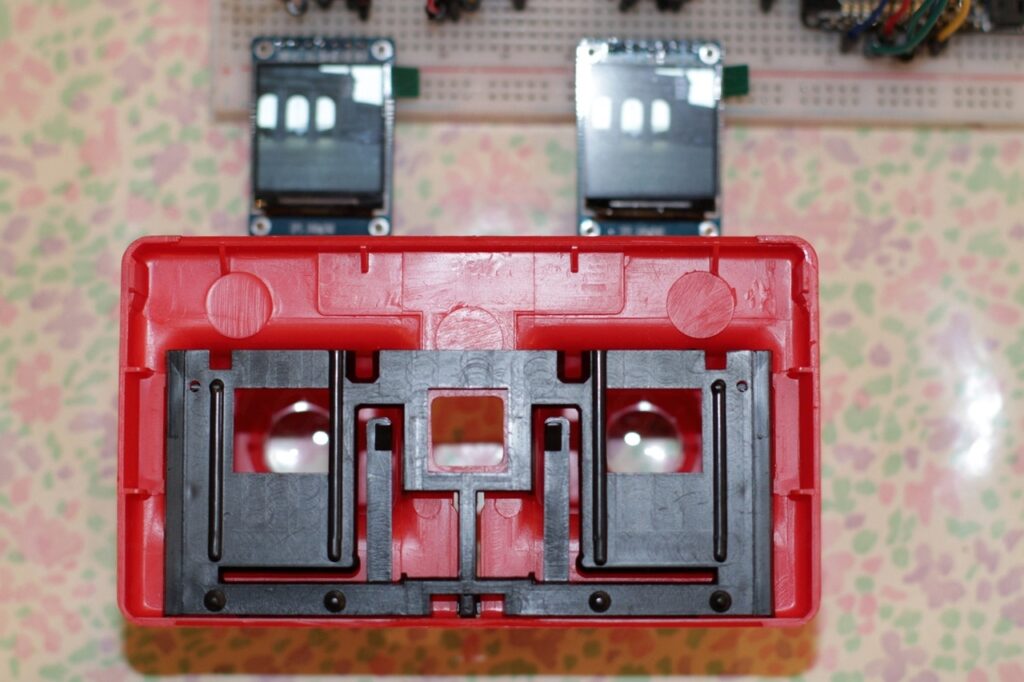
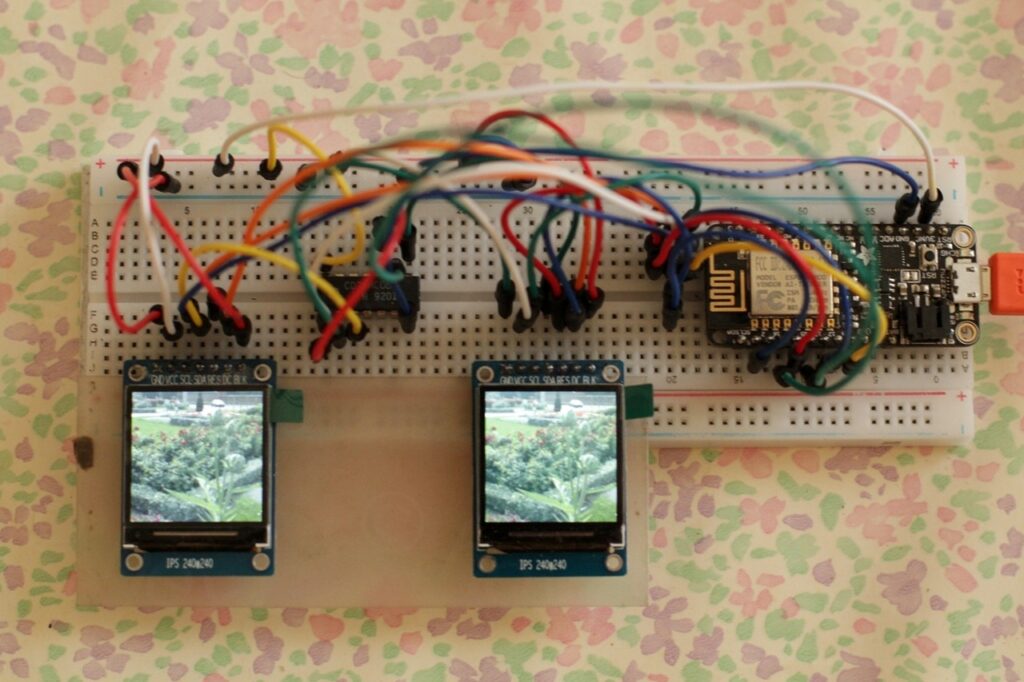
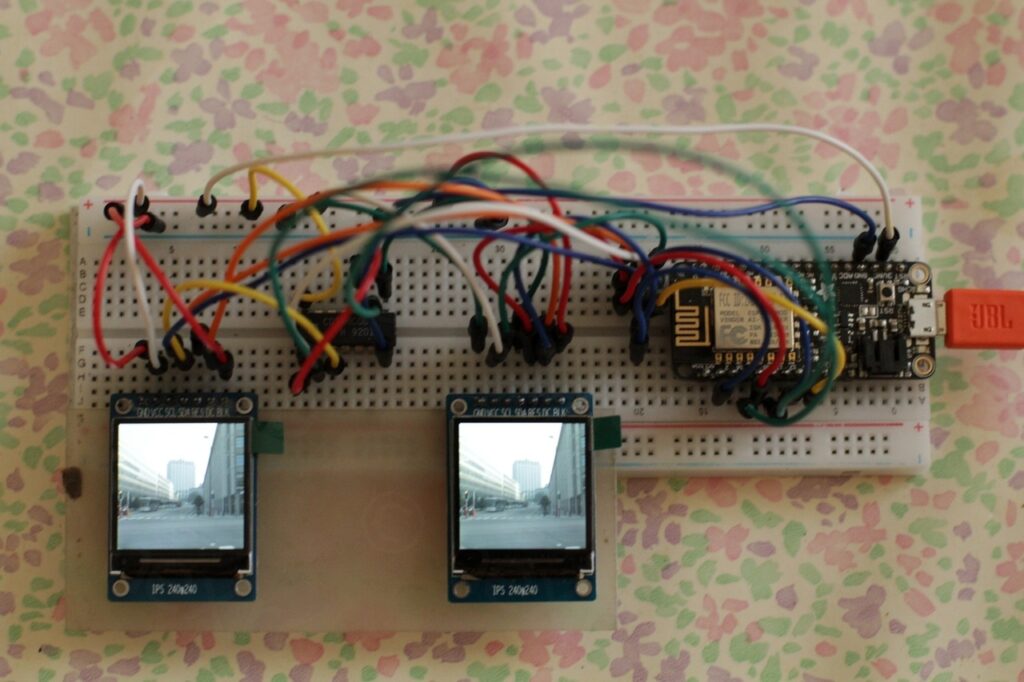
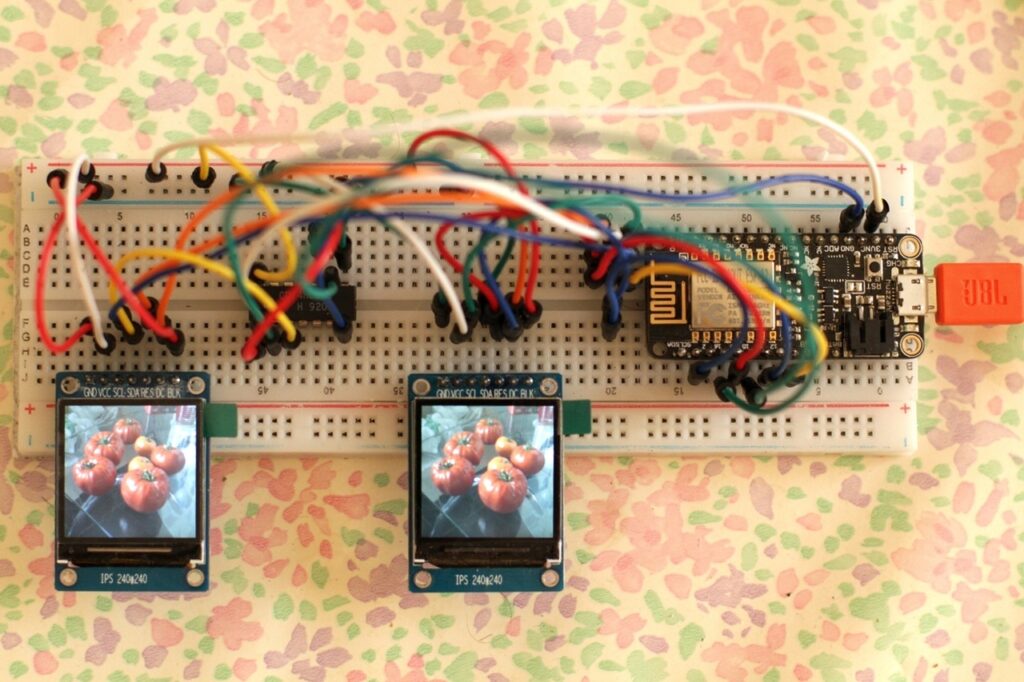
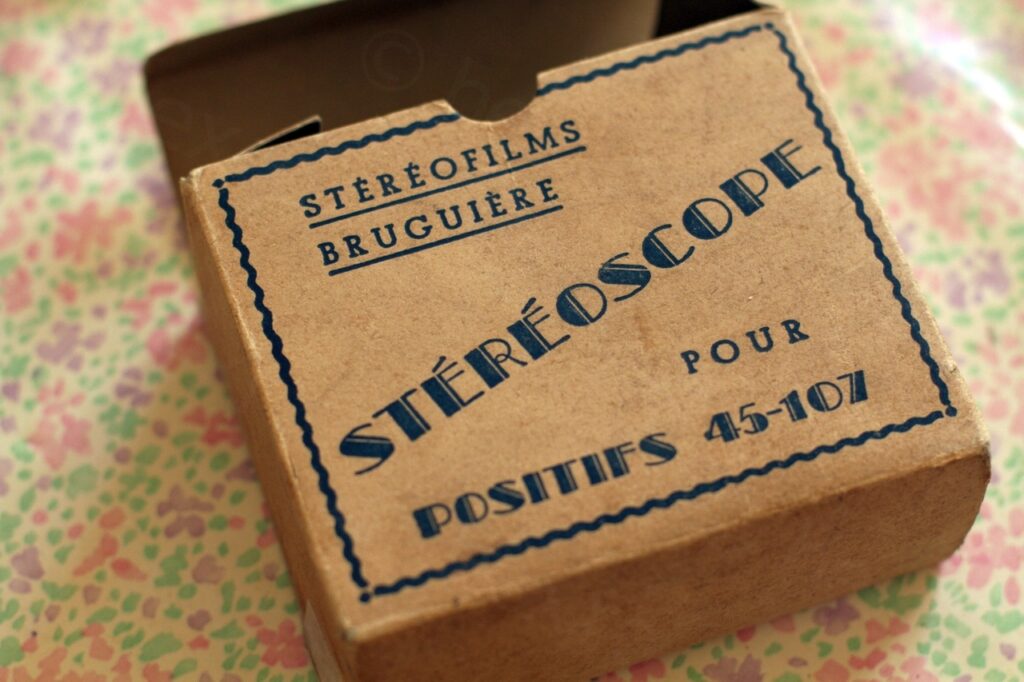
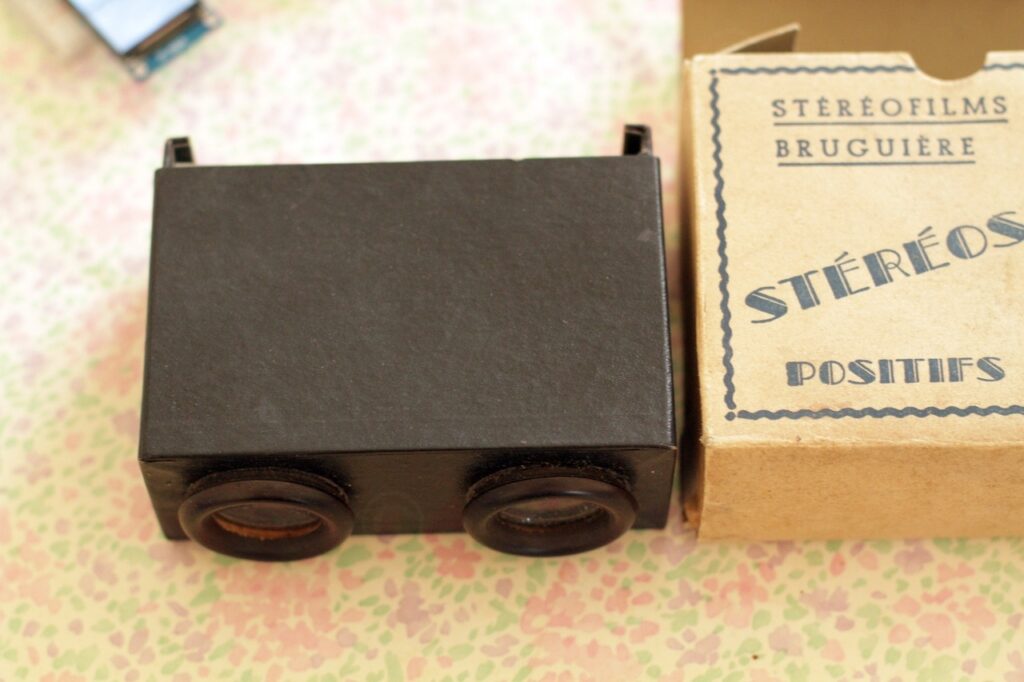
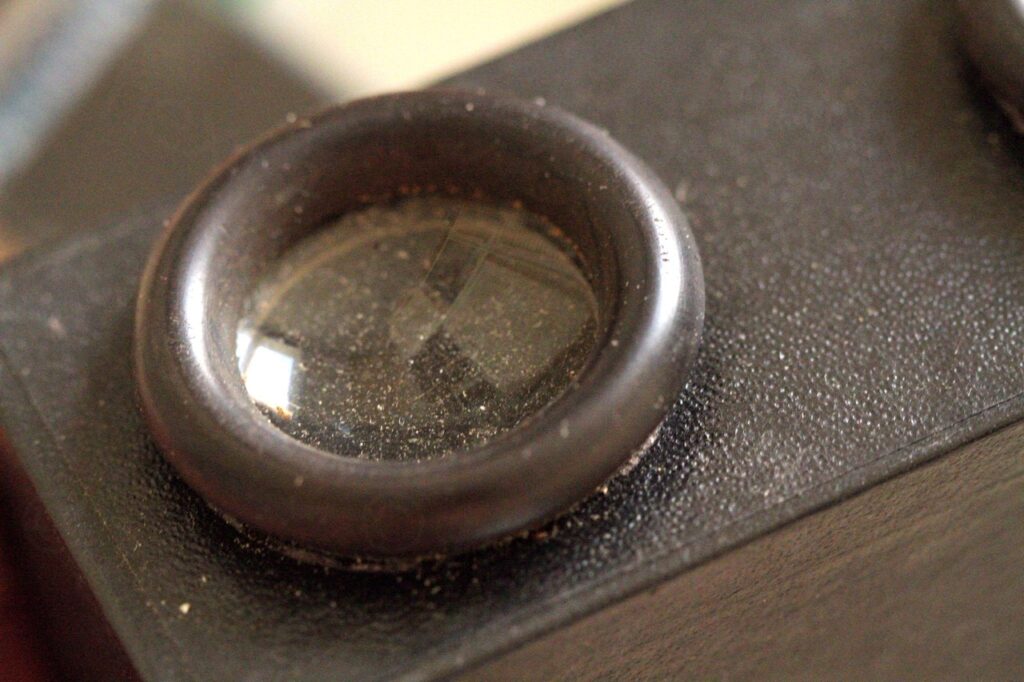
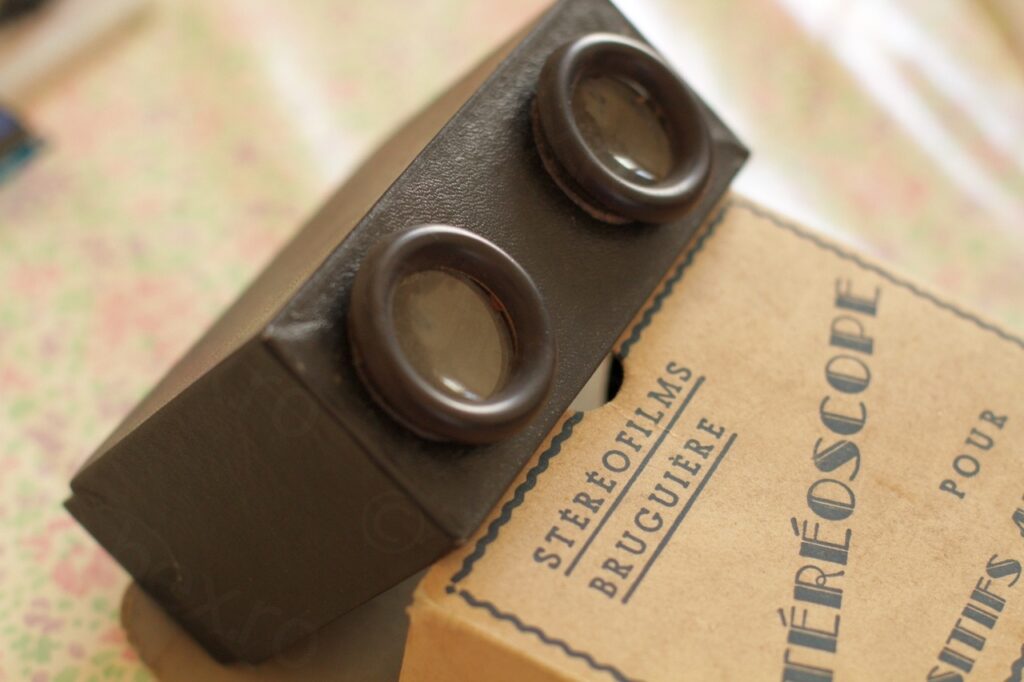
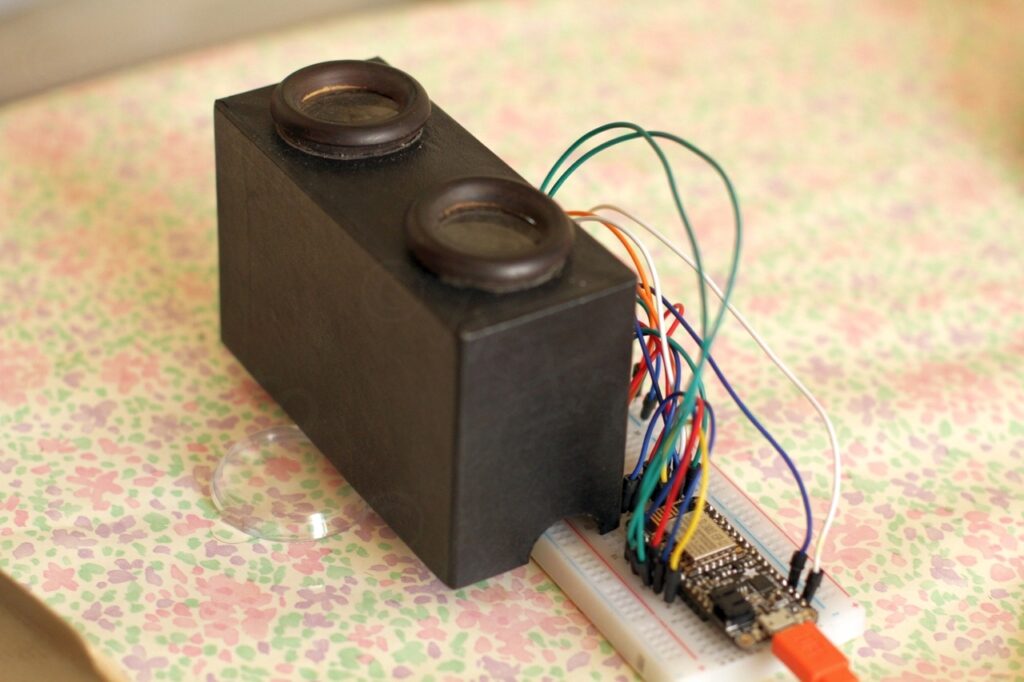
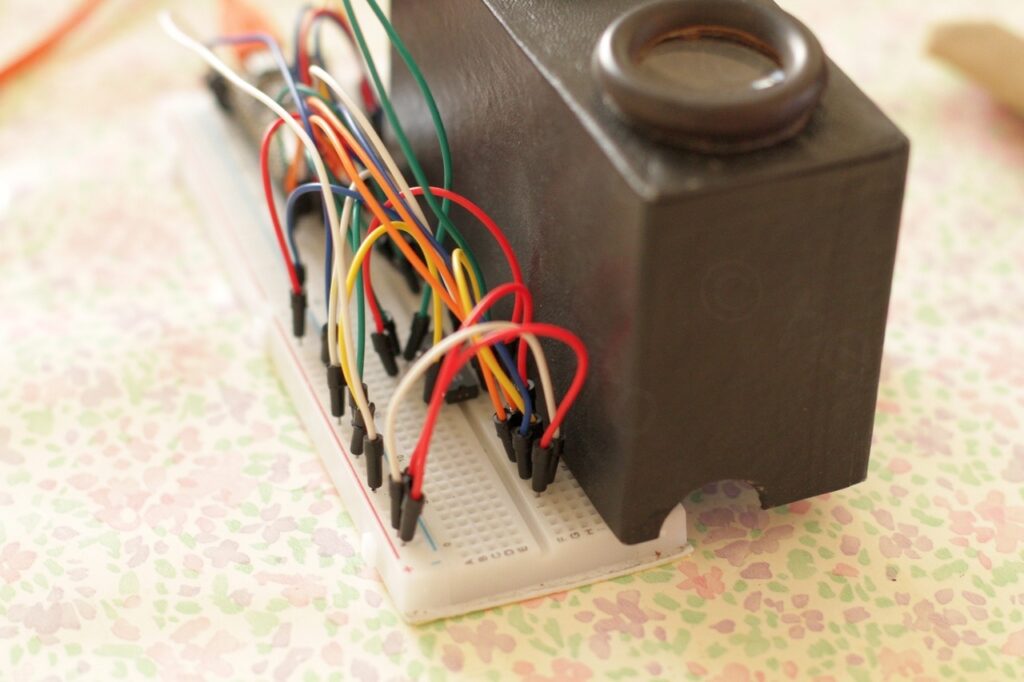
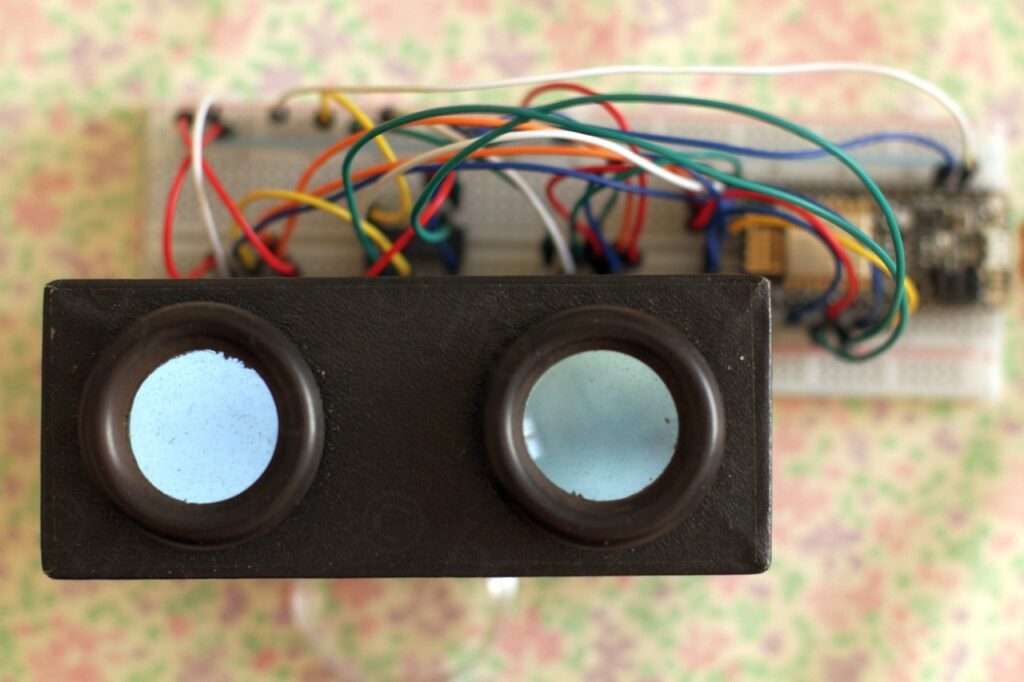
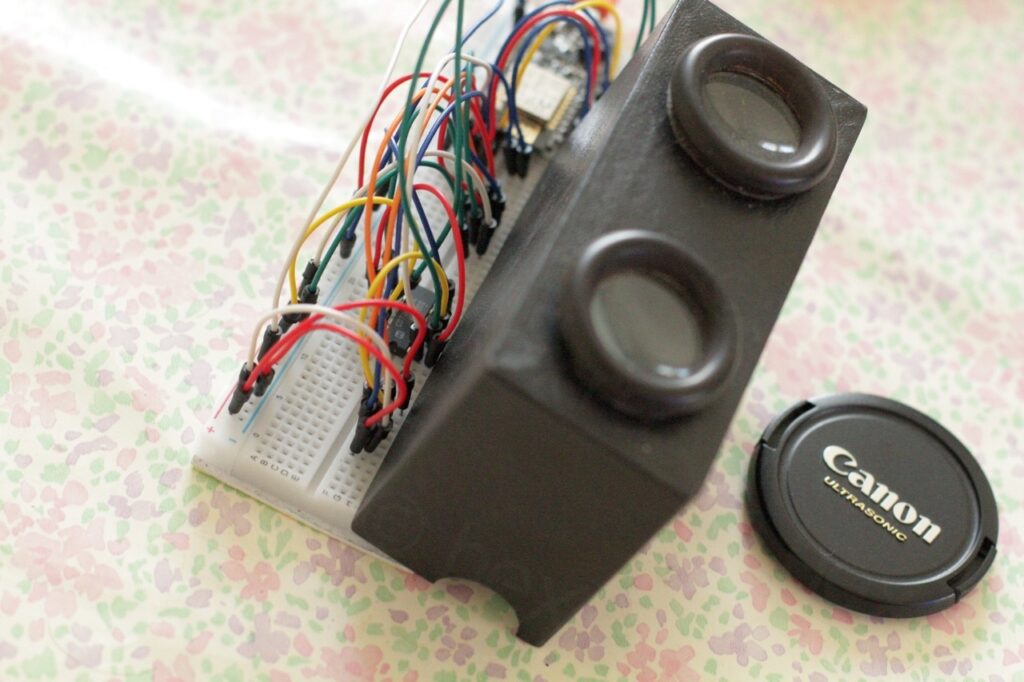
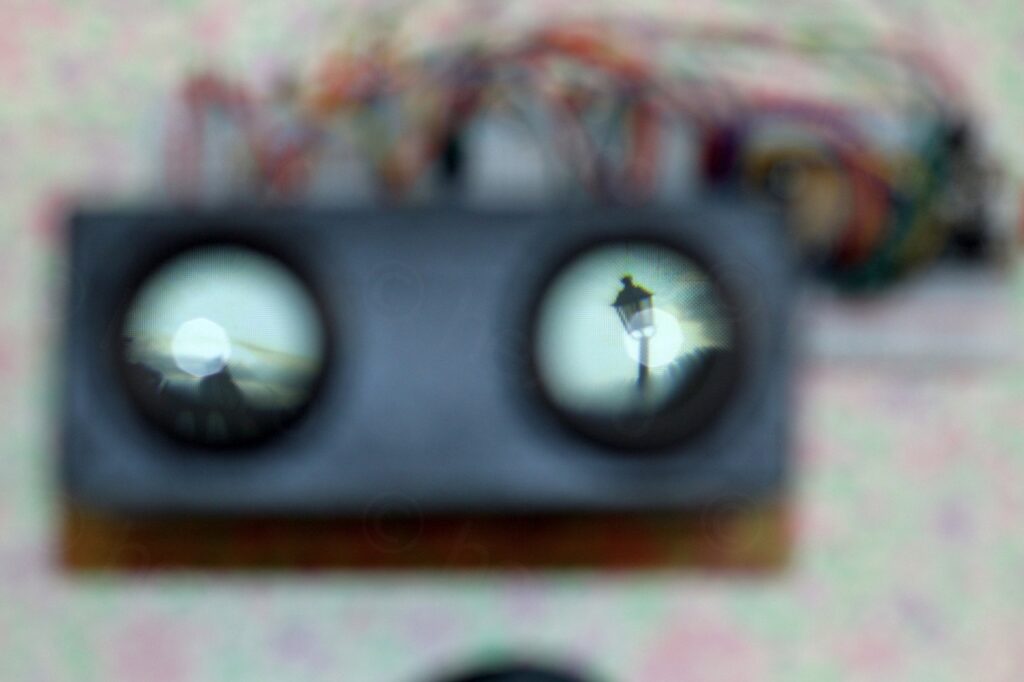
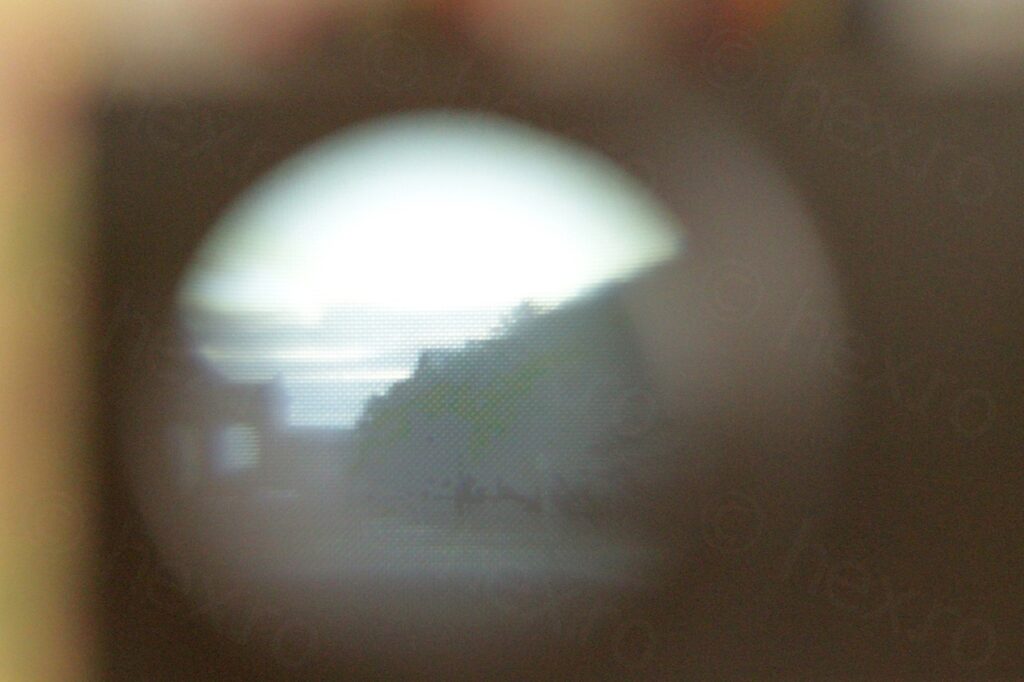
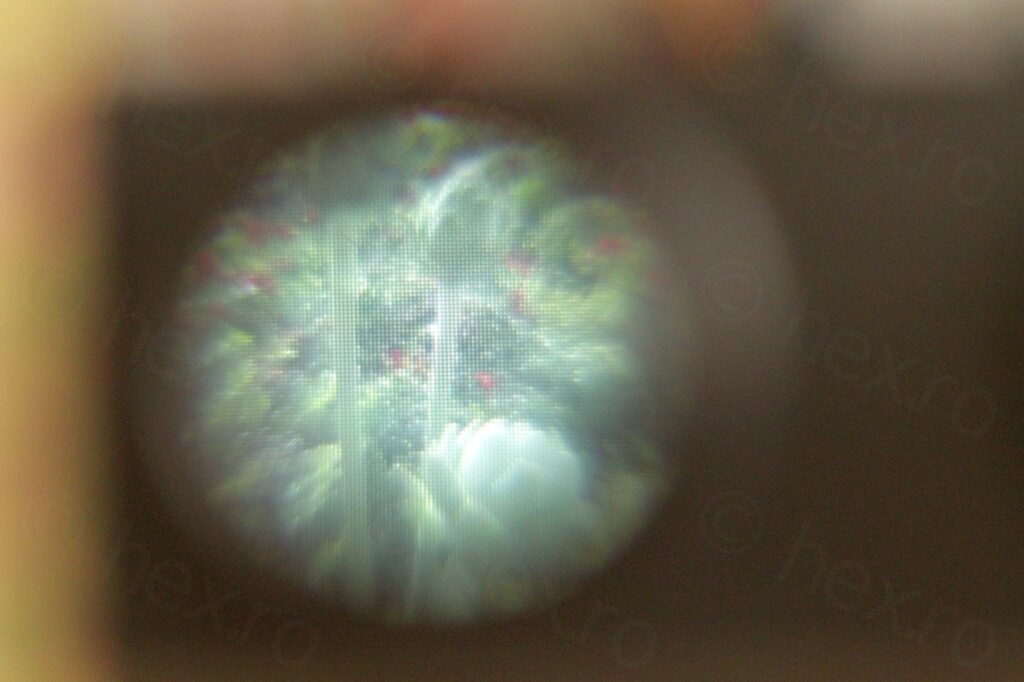
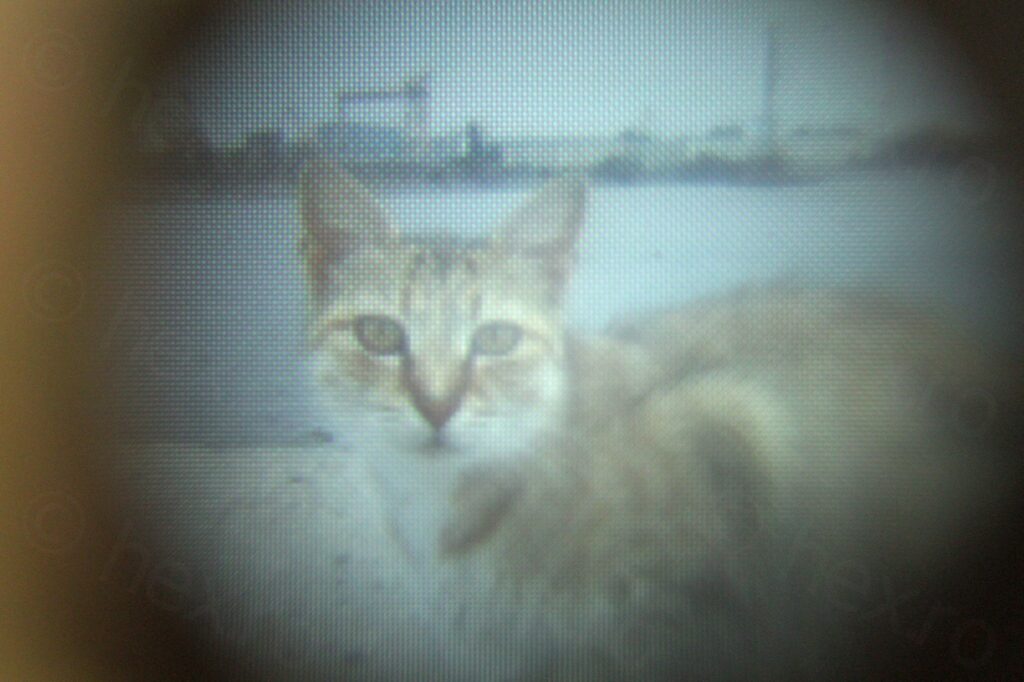
Leave a Reply